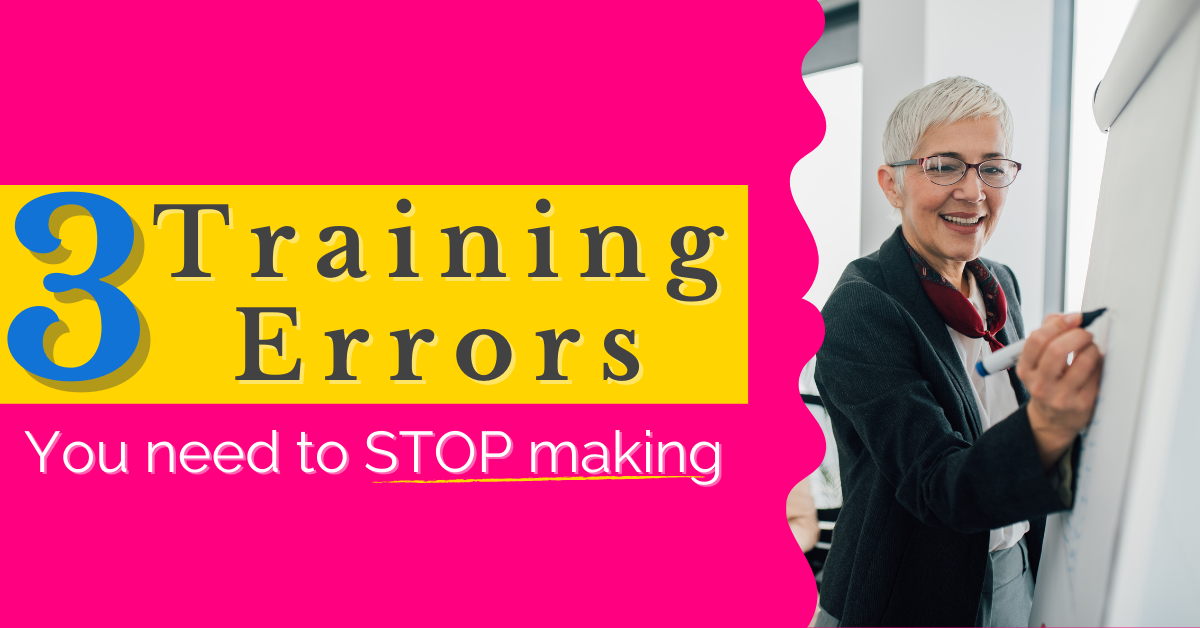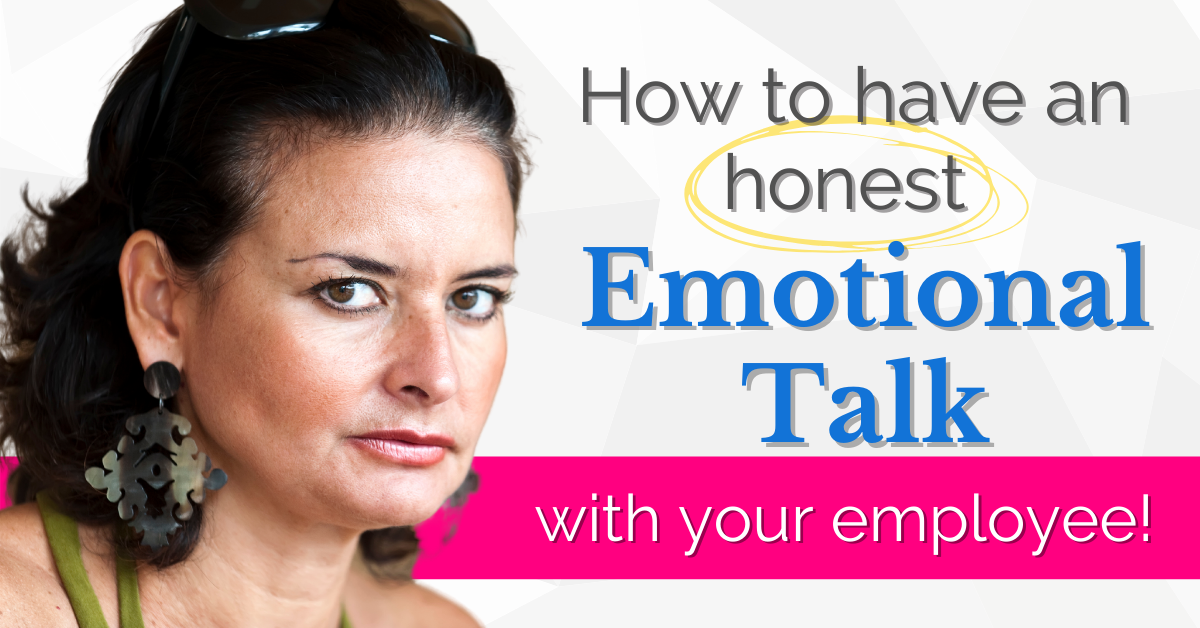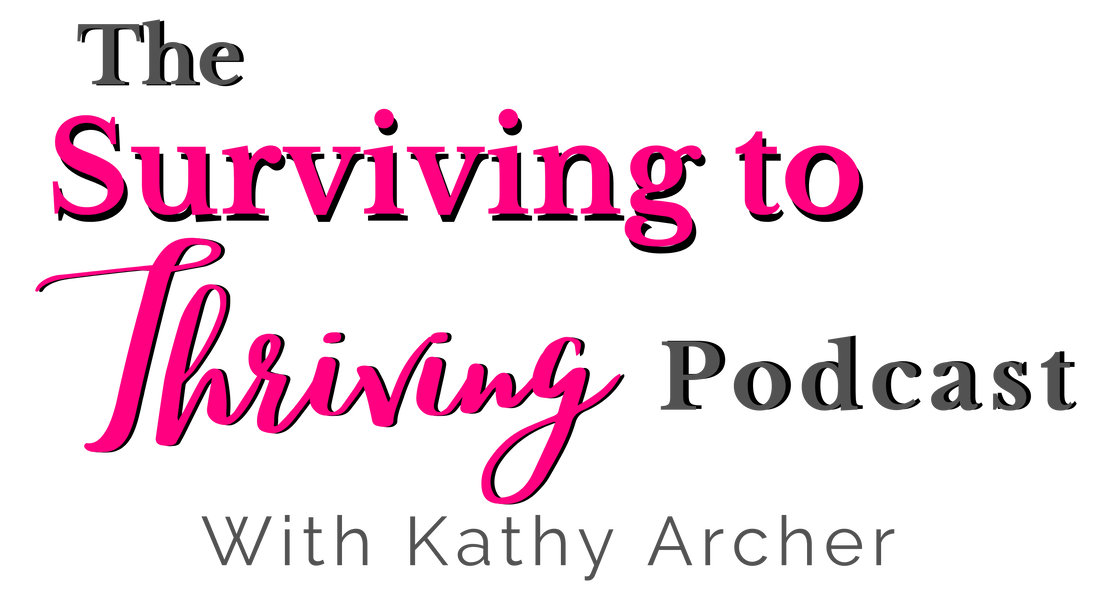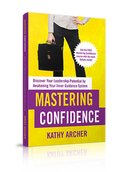|
Do you get frustrated with your team some days when they don't do what they are supposed to? It's a hazard of leadership for sure!
I was talking to Natasha the other day about a staff issue she brought to coaching. Her frustration was evident when she grumbled, "They know what to do! I don't understand why they are messing up so much." As we explored Natasha's belief or opinion that the staff did, in fact, know what to do, we realized that perhaps some team members weren't clear on all the steps. Natasha had assumed that they understood what she had told them to do. The key phrase to note is: Told them to do. As we reviewed what had happened, Natasha realized she had basically told them what to do. She had not trained them, ensuring they were able to do it. Told to do is unidirectional. It is information only going one way. The most effective training is bidirectional. It is a back-and-forth process that takes time. Natasha left the call understanding more about what she needed to do to support her team and on a mission to grab a book to help her learn how to facilitate her team's learning. I'll tell you about the book I pointed her to in a moment. Do you wish you could train your team more effectively? As you learn and grow in your leadership role, you might want to provide more effective training for your team. Bravo for you! Don't make these 3 training mistakes! Whether you are thinking about orienting new staff, training people on a particular function or role or more significant team training events, you might be making the following three training errors. As you read them, don't worry, because I'll also tell you how to fix those mistakes. MISTAKE # 1 - Training people too quickly We are a time-poor sector, and we're often squeezing training moments in between everything else going on. As a result, we often lack clarity of what we are teaching. We do a high-level overview and missing key points. THE FIX: Slow down and be clearer. MISTAKE # 2 - Quickly checking in to see if they got it. Again this connects to the first point with the keyword - quickly. Do you say these when you are training?
Here's why questions like those don't work so well. The unspoken assumption is that your employees want to look good. They want to appear capable and know you are busy, so they don't want to bother you too much. Therefore they're going to nod their head and say yes, that makes sense, and no, I don't have any questions. THE FIX: Slow down and ask better questions. Try questions like these that will get at what they still need to learn:
Most often, when we learn something, we do not learn thoroughly by knowledge alone. We have to try it and fail and fumble and learn from our mistakes. Too often, we're trying to rush through training, and once again, we need to slow down and ensure that they have it. THE FIX: Build in time for them to practice and for you to give feedback Here's how to become a confident trainer or facilitator Training, orientation and facilitation are all part of a leader's role, but rarely have we've learned how to teach, orientate and facilitate. When that happens, we are doing something and often feeling self-conscious, inapt, and lack the confidence to do it effectively. Don't do it alone! Once again, I'm going to remind you you do not have to do leadership alone. It's OK to ask for help! That helped can come from a variety of ways… Including a book. Get helpThis week on the podcast, I interview Beth Cougler Blom, an expert who creates effective and engaging learning experiences. In our discussion, we review the three C's of designing a great learning experience and touch on her book.
You need to know how to facilitate, train and do good orientation. But that competence doesn't automatically give you confidence. You must then practice using your courage to get out and fail and fumble as you continue to learn and grow. That's when you'll develop the confidence to thrive in your leadership.
0 Comments
I wonder if you might need to hear what Isabell took away from her coaching session this week. If you, like Isabell, are struggling to get people on your team to do their job, it might be helpful to hear a bit of our coaching conversation.
Do you micromanage more than you want to? Let me back up. Isabell supervises a team of 5. The team is all working from home now, so Zoom is the way of "doing work." Isabell finds it challenging to keep track of what they are doing and at the same time feels she borders on micromanaging them. I asked Isabell to imagine the "perfect team."
Would you like this kind of leadership experience? Then, Isabell rattled off the following:
I could see Isabell was a bit stumped, so I offered her a metaphor. You get that by being the captain of your ship If you are on a ship with your team and are the vessel's captain, would it make sense for you to be down in the bowels rowing with them?
Therefore there are times you need to wear different hats. There are times you need to be steering, and there are times you also need to go down and check on your team. You need to
That's nice, but... Isabell sighed. I spend a lot of time watching over their shoulder and correcting them. I need more time for strategic thinking and planning. But here's my problem, if I don't do that, who will? You trust them to do their job. I answered.
When they don't, you address the issue. How do you address poor performance?? Have a system in place (i.e. regular supervisor meetings with an ongoing agenda to track what they are working on) that allows you at intervals to check in on them. The sessions aren't only about what needs "addressed" but also what they want to talk about. It should be focused on their growth and helping them use their strengths to reach their full potential. Create a high-performing team Imagine having a team of high performers, all using their strengths and spending the majority of time excelling. That happens when you focus on that part of their work, not only their mistakes and where they aren't measuring up. Stop standing behind them, waiting for them to make a mistake.
Use this system to lead your team At this point in our coaching, Isabell and I moved over to the Staff Supervision That Transforms template. The template in this course helps you do the work of a leader while still holding your team accountable AND helping them reach their full potential! This is what one member of The Training Library said about the Staff Supervision That Transforms template in a recent coaching call: I am loving the Staff Supervision Tool! Here's why:
Do this: ✏️Each day in your daytime, journal or notebook for a week, answer this question
At the end of the week... Look back over the week and find your average.
Do the inner work. It's what will help you get out of survival mode and thrive! Do you know why you avoid conflict? We tend to avoid conflict because we are not comfortable with the emotions involved in a conflict. When we deal with conflict, we try to shut our feelings off, which doesn't work! Withholding our emotions only works to a point. One day, when you are tired, have had a few too many demands, are on a deadline and your fingernail breaks, or some other trivial thing, you suddenly snap, fall apart, say something you regret, or beat yourself up over the way you communicated it. Where do the emotions come from? Here's the thing, what may have started as a conversation or disagreement can quickly turn into a conflict. Why is that? The reason a disagreement turns into a conflict is that we attach meaning to the two sides. For example, they're wrong, and I'm right, and that feeds into our emotions. Let me give you an example. Paperwork is supposed to be done on time. That's black and white, right? When an employee is consistently late with paperwork, it becomes a problem for many of us. You might've addressed the late paperwork the first, and second and maybe even the third time it happened, to no avail. As the problem persists, you attach a story to it, meaning to it or a narrative around it, which provokes emotions.
Those emotions fester—annoyance, disgust, incredulous, frustration, and perhaps anger. You put off the conversation. When it gets to this point, you know that you're not likely to have a calm, rational conversation.
You want this person to get motivated, take the initiative, and do their job without you having to nag them. You know, somehow, you "should" be able to lead them in that direction. But...... Subconsciously, you aren't so sure you can have that conversation and maintain your composure, get your point across, and leave feeling like you've motivated and inspired that person, so you put it off. Here's how to do it with Emotional Intelligence In the webinar How to Prepare for a Tough Talk, I teach you the TIP method for dealing with tough conversations. The tip method is
Warning If you try to have that conversation rationally and ignore the emotional triggers that show up, it likely won't go the way you hoped. Here's what you can do Take time To identify your triggers And plan how you will deal with them when they show up. Want more help? To get a deeper understanding of the emotions connected to conflict, listen to this week's podcast with Sarah Albo. In episode # 51, Sarah and I unpack The Emotions of Conflict. When you tune in, you will learn how emotions play a role in the progression of disagreements to conflicts and gain awareness around how you can manage those emotions to deal with conflict more effectively. To begin to apply this in your leadership, grab Mastering Confidence and work through the exercises. You'll find that in no time, you'll be feeling more confident about addressing conflict before it becomes too big of a deal! When that happens, your team will feel supported and encouraged. And, instead of feeling like you spend your days chasing people down, you'll feel empowered to help them grow! Do you believe that because you can deal with conflict matter-of-factly without getting emotional, you are good at dealing with conflict?
Or do you believe the goal you're aiming for if you want to be effective at conflict resolution is to do it without getting emotional? You may get through conflict this way, but is your conflict resolution as effective as it could be? Here's what some women leaders do or try to do: Before some women leaders address a tough conversation, they gather evidence, collaborate their story with others, and pull the appropriate policy out. Armed with their documentation and evidence, they present it to the employee. Knowing they need to balance that out with treating the person as a person, they make empathetic statements to the employee about what might have stopped them from doing what they were supposed to do. Let's try it with an example: I want to talk to you about your PPE. I saw you show up with your client yesterday, and you didn't have your mask on. I've heard from others that you have a habit of pulling down your mask to have a drink but forget to pull it back up for long periods. Insert the empathetic statement: I know we are all tired of wearing masks; however, it's mandatory. We reviewed the mask policy at the last meeting. It's required, and I need you to be diligent about wearing it. It seems like a clear-cut conversation, right? No need to get emotional. Read that example again. Did you feel empathy? Or perhaps, did you feel annoyed? The truth I mean, come on, we are working with adults here, not children. How many times do you have to remind them of the basic rules, heck laws? Aren't you tired of reviewing PPE policy? Is this the second, third or 4th time you've reminded someone in the last two weeks? I suspect that empathy is not at the top of your list of what you are feeling! Inserting an empathetic statement is different from feeling empathy. If you don't feel empathy, don't try to fake it So that comes to my next point. If you are angry, annoyed, irritated or ticked off and insert an empathetic statement, you come across as inauthentic. The thing we want most from our leaders is that they are authentic. With that authenticity comes a sense of trust. Part of that means that I can trust them to be honest about what they are feeling. So if you are annoyed with me and pretending to be empathic, I lose a bit of respect for you. But don't try to be unfeeling either Perhaps we take the empathetic statement out. Ummmm...that's not so effective either. Then, you run the risk of coming across as cold and unfeeling. Ugh...your damned if you do and damned if you don't, right? Yes, only because you are trying to be unemotional. You can't take the true emotions out In attempting to remove emotions from the conversation and come across all business-like, you forget that I am a person, and so are you. We have emotions all the time. They never go away unless you try to numb them out, i.e. wine, beer, over-the-counter and prescription medications, recreational drugs med, Netflix binging, social media scrolling, keeping very busy etc. Despite your attempt to numb out your emotions, they are still there. Those bottled-up or stuffed-down emotions will rear their head at some point. Likely it will be at the most inopportune time or with the wrong person! You need to manage the true emotions you feel Turning down emotions or not getting emotional is different than managing emotions. Managing your emotions is also known as emotional intelligence. Emotionally intelligent leaders are high on the list of those we respect and feel loyal towards. If you're in this sector, it's probably because you care. You care about your clients. You care about the work you're doing. You care about the impact you're having. Turning around then and having a conversation with an employee and trying to stop caring doesn't make sense. What does make sense is to manage how your expression of that emotion comes out. You care, AND You are angry! Sometimes you care so much about your client's safety, your program being respected in the community or what your funder sees that you are angry that your employee is messing things up. The whole point is that you care immensely. And because you care, you feel frustrated, annoyed, angry or irritated. You FEEL You feel emotions in your body Emotions are felt. They are called feelings because you're experiencing something in your body. Consider these examples:
So I ask you to consider for a moment:
When you are honest with what you are feeling, I trust you Because, here's the thing, if you are really expressing empathy, compassion understanding, then you feel it. And when you feel it as a leader and share the words that go with it as your address my performance, I know you feel it. Because of that, I trust you more. I may not like the message, but I trust that you are honest with me. Alternately, consider what frustration, irritation or annoyance feels like in your body. Imagine expressing that emotion in a way that was honest and manageable. Let's try it again, with the same example... I want to talk to you about your PPE. I saw you show up with your client yesterday, and you didn't have your mask on. I've heard from others that you have a habit of pulling down your mask to have a drink but forget to pull it back up for long periods. I need to be honest with you. I'm getting tired of addressing this issue, not with just you, but in general. Forgive me if I come across as a bit resentful. I'd much rather be talking with you about programing for the outreach program. I know you, and I are both passionate about that work. I hope you can see how critical PPE is and find a way to remember to be diligent about it. I want to spend more time focusing on what really matters for our clients! You are honest that you feel angry In this example, if you feel annoyance and resentment in your body, it will come across. THAT'S OK. It's supposed to. It is how you manage your expression of it that is critical. It's not bad, wrong or even ineffective to feel annoyed, frustrated or resentful. The key is HOW you express it. This is how you become emotionally intelligent Emotional intelligence is the ability to recognize and then manage your emotions, and it's a skill worth learning! How are you developing yours? Resolving the myth The myth that effective conflict resolution requires you to shut your emotions off is just that, a myth. The truth is, effective conflict resolution happens when you express your emotions in a managed manner. It means you convey what you are feeling respectfully and authentically. And, it takes work! Do the inner work! It's worth it! You can find more resources to help grow your emotional intelligence here:
|

Available on Amazon
Archives
March 2024
|
|
Leadership TRAINING for Nonprofit Leaders
Become a confident and competent nonprofit Leader: Join The Training Library membership Executive and Leadership COACHING Leadership Coaching for Nonprofit Executives, Leaders and ManagerCoaching |
PODCAST for Nonprofit Leaders
The Surviving to Thriving podcast: Strategies, systems and support to lead your nonprofit with confidence FREE RESOURCES to Grow your Leadership Skills Free Leadership Training Resources, Worksheets and Templates |
Become a CONFIDENT LEADER
|







 RSS Feed
RSS Feed
